Held on 22 May at The Merode in Brussels, the one-day meeting was attended by about 200 association professionals and event organisers. The homelike atmosphere of the venue contributed to open discussions about advocacy, sustainability, digital and AI tools, and DEI strategies, among others. Through panel discussions to co-creation sessions and a keynote speaker at the end, participants had a chance to actively participate in sharing experiences and thoughts.
A Platform for Practical Solutions and Inclusive Discussions
The day started with insights on how associations act as crucial links between civil society and policymaking, especially in view of the upcoming EU elections. “Forming committees across sectors and political parties creates good relationships and trust. The more connections you make with policy makers, the more you discover how they can help you advocate your message best,” said Jaume Duch Guillot, Director-General for Communication and Spokesperson at the European Parliament.
The session emphasised the crucial role of associations in safeguarding public interest in the face of political developments that may undermine the freedom of associations. It stressed the need for active citizenship, strategic partnerships, and trusted individuals to maximise impact on society. “Selflessness is a core value for associations who wish to continue existing in the future, to be able to help society evolve,” noted Jean-François Riffaud, CEO of the European Society of Cardiology (ESC).
A compelling discussion also took place on “How to Structure your Association’s Advocacy Around a Manifesto.” Led by Alberto Alemanno, founder of The Good Lobby, experts emphasized the importance of creating a clear and concise manifesto that articulates the core values and priorities of the association. The debate highlighted the need for a well-defined strategy that aligns advocacy efforts with the manifesto’s key messages, ensuring consistency and coherence in all communications. Participants were encouraged to engage stakeholders early in the process, build broad coalitions, and leverage data to support their positions. “And don’t hesitate to be agile and update your manifesto,” said Alemanno. “Nothing is ever set in stone, and it might also be beneficial to clearly articulate how your association responds to societal needs. This will make it easier for policymakers to relate to it.”
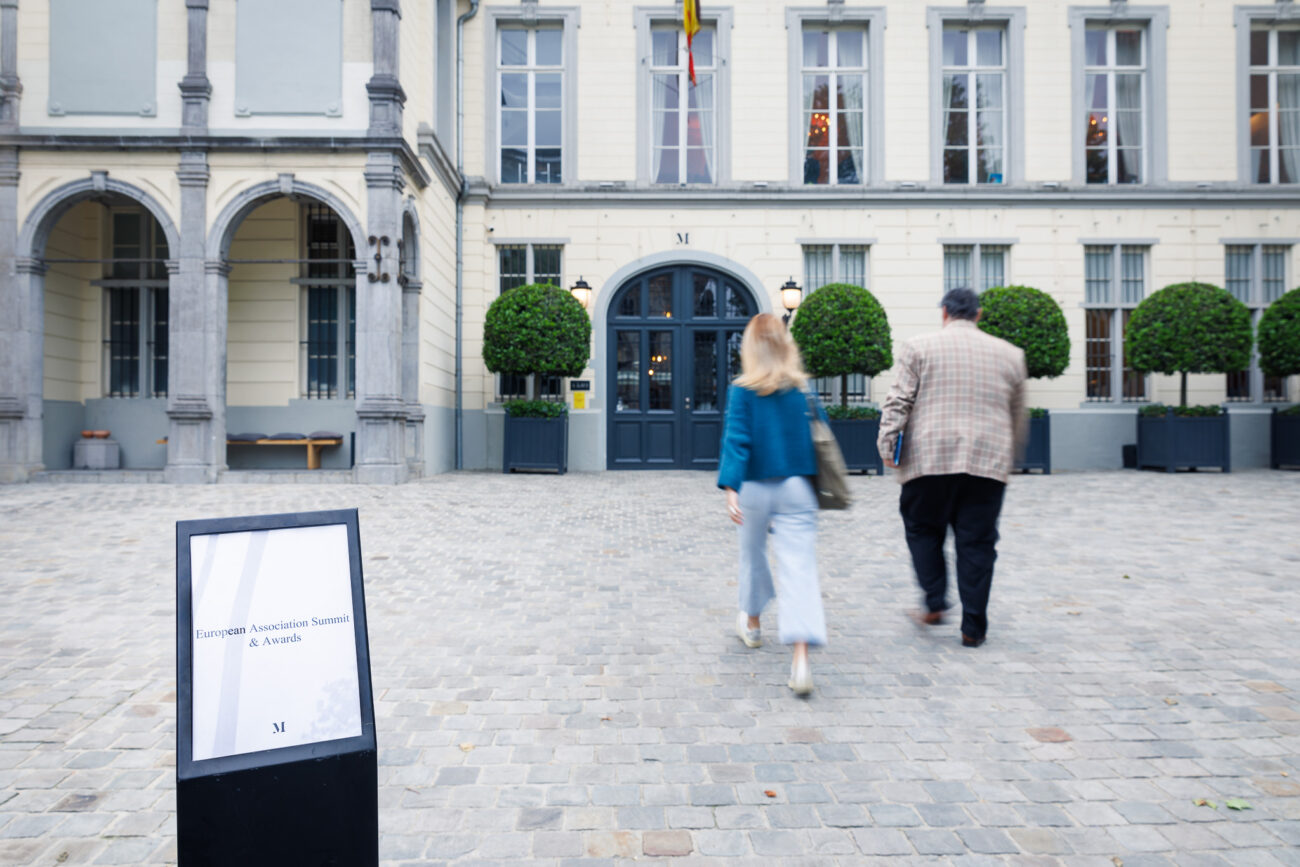
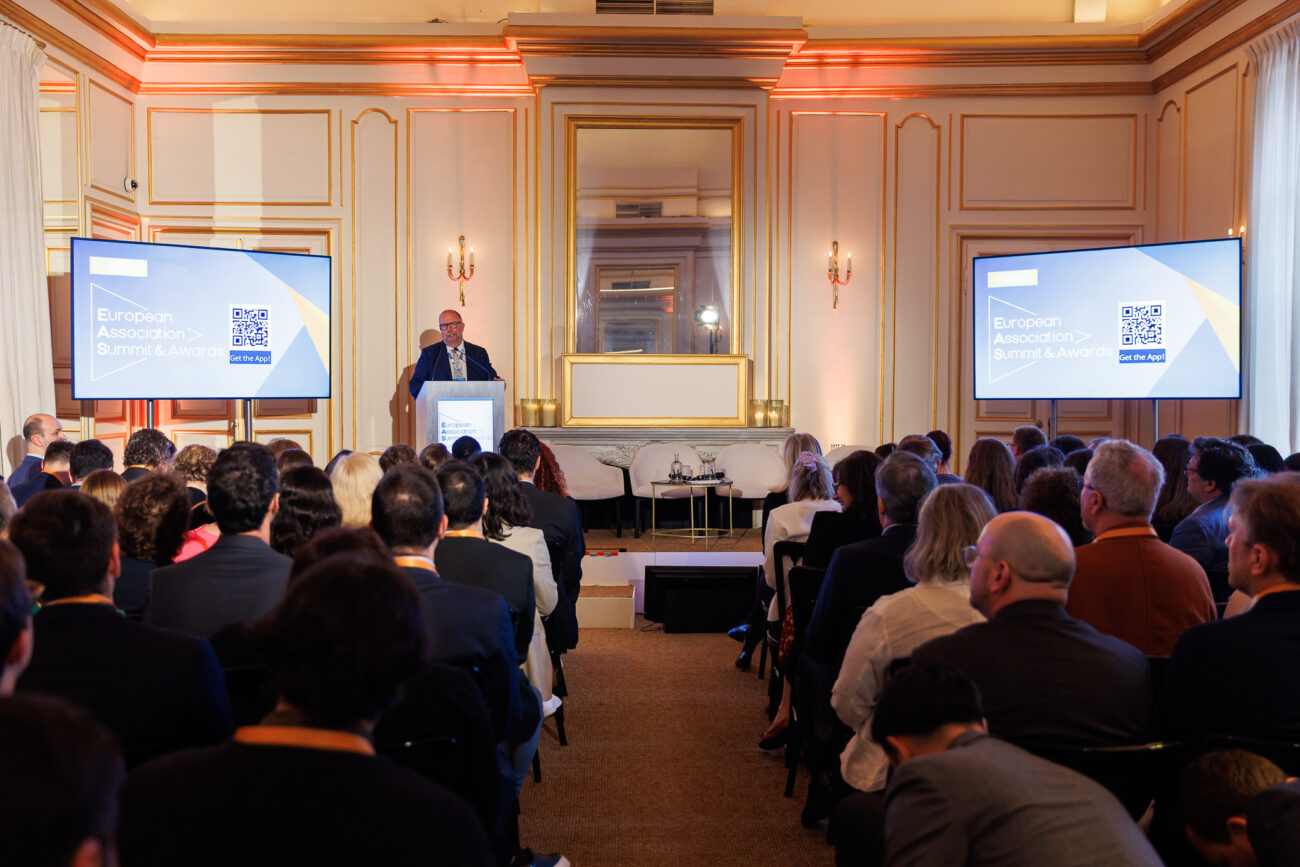
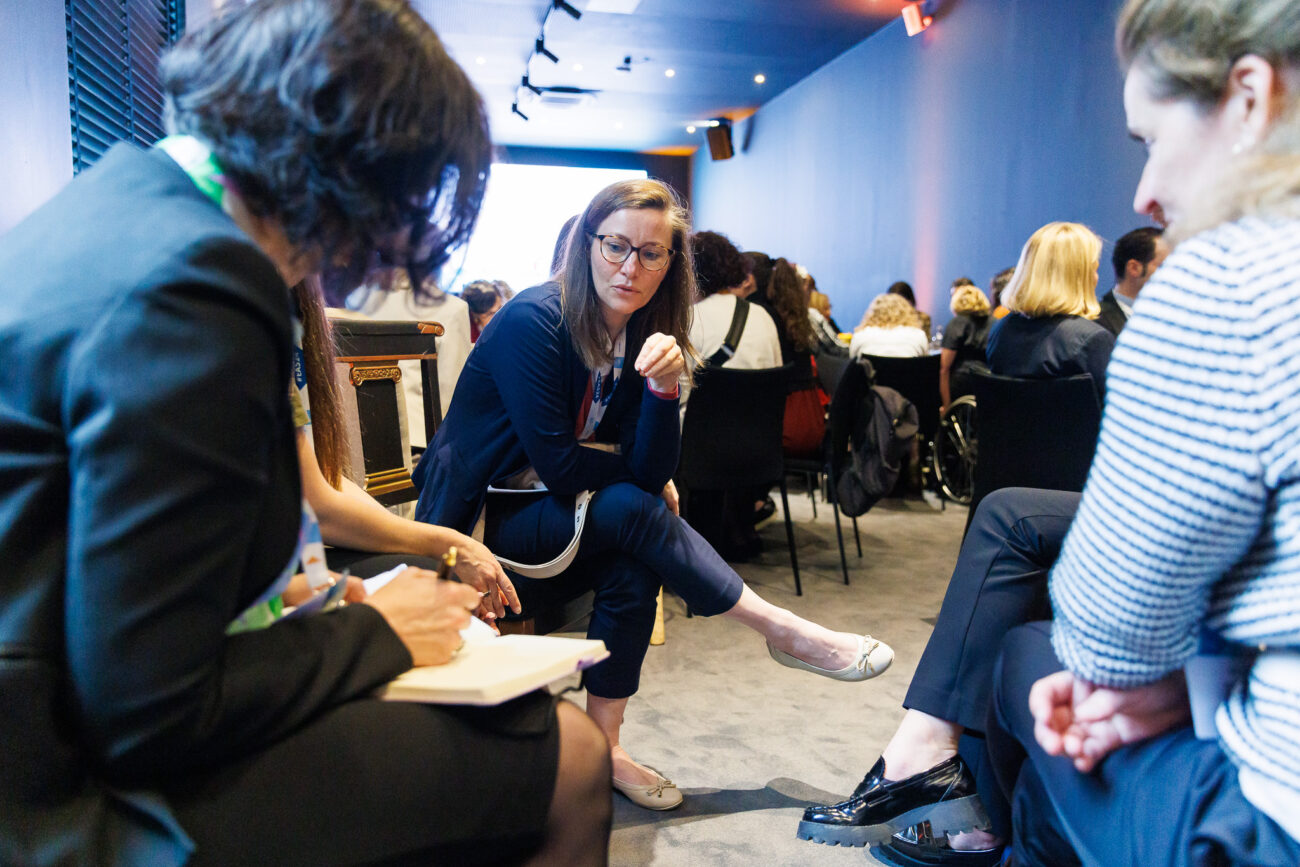

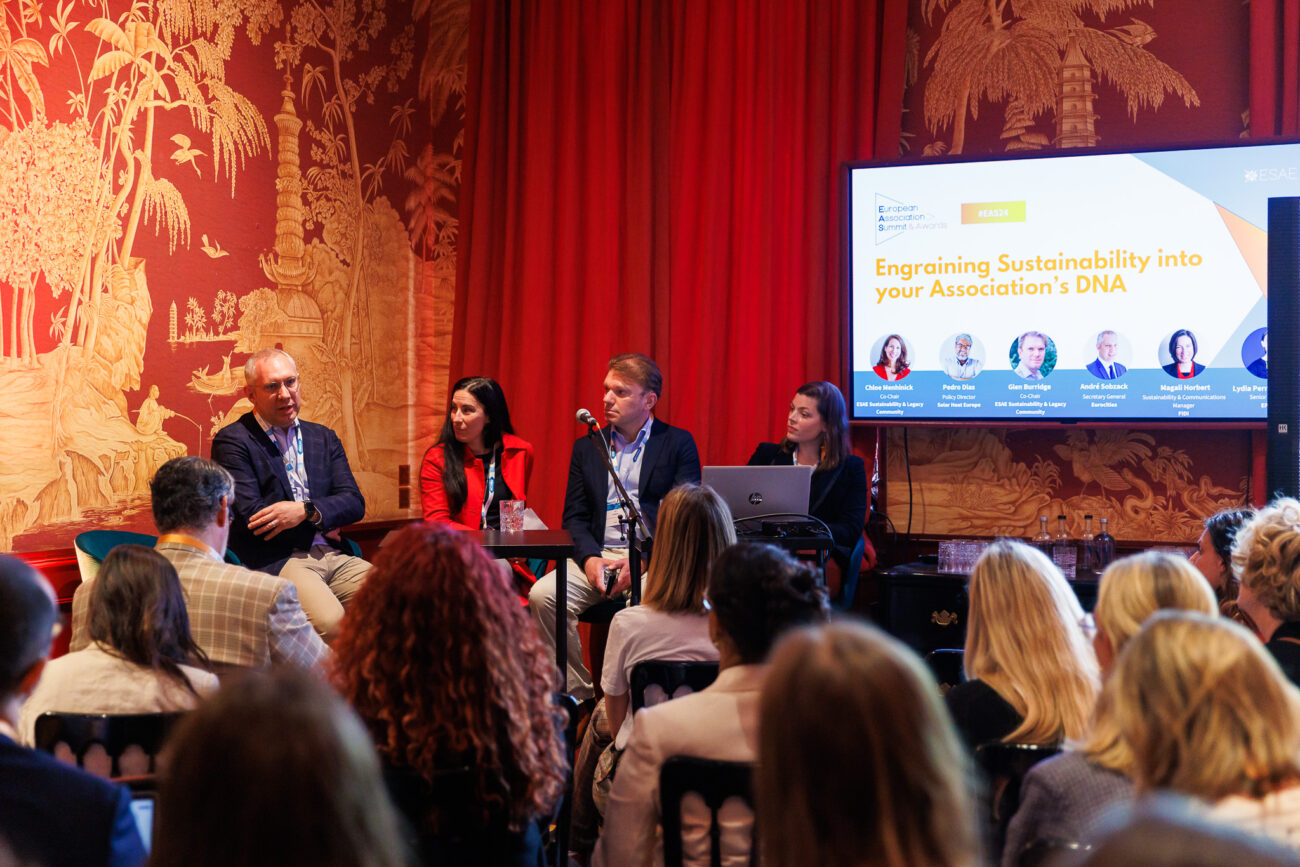
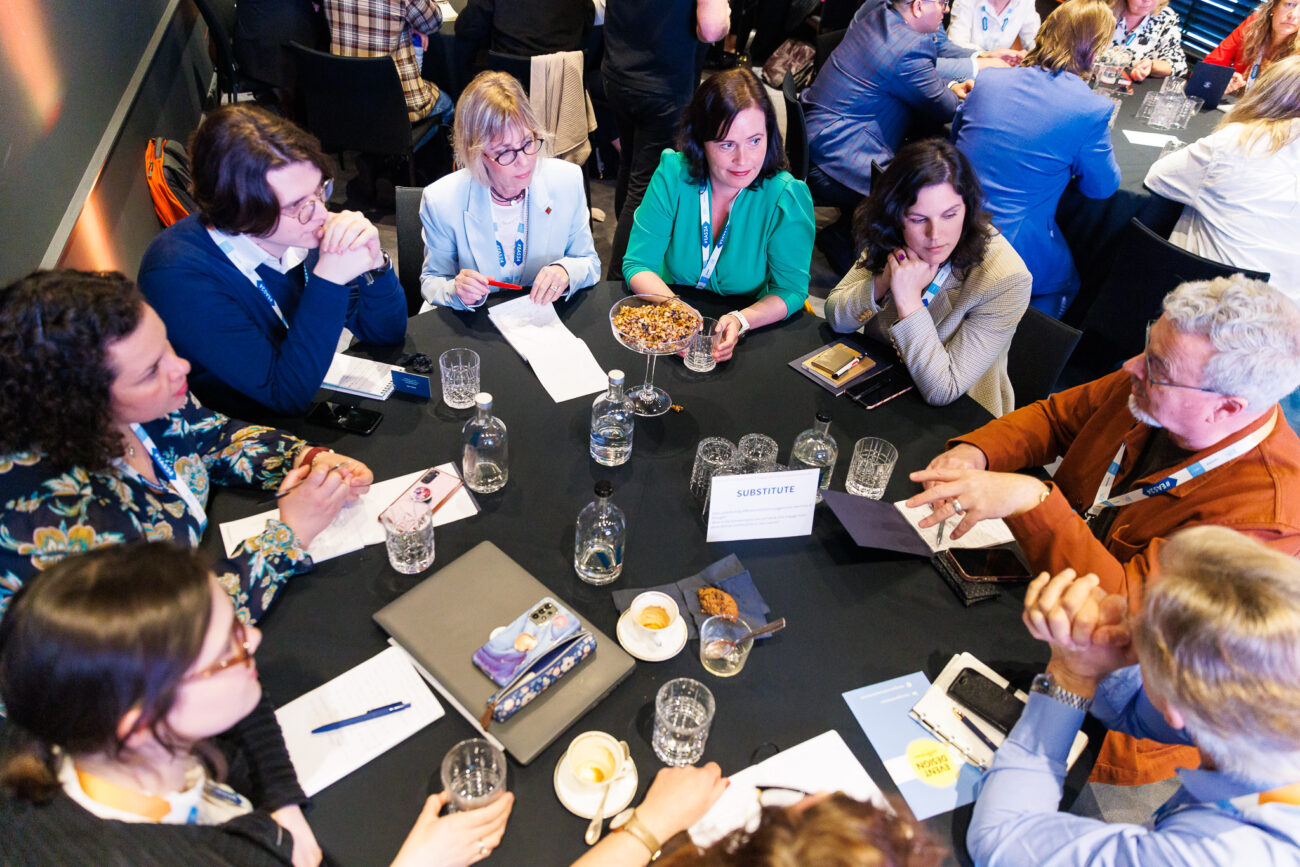
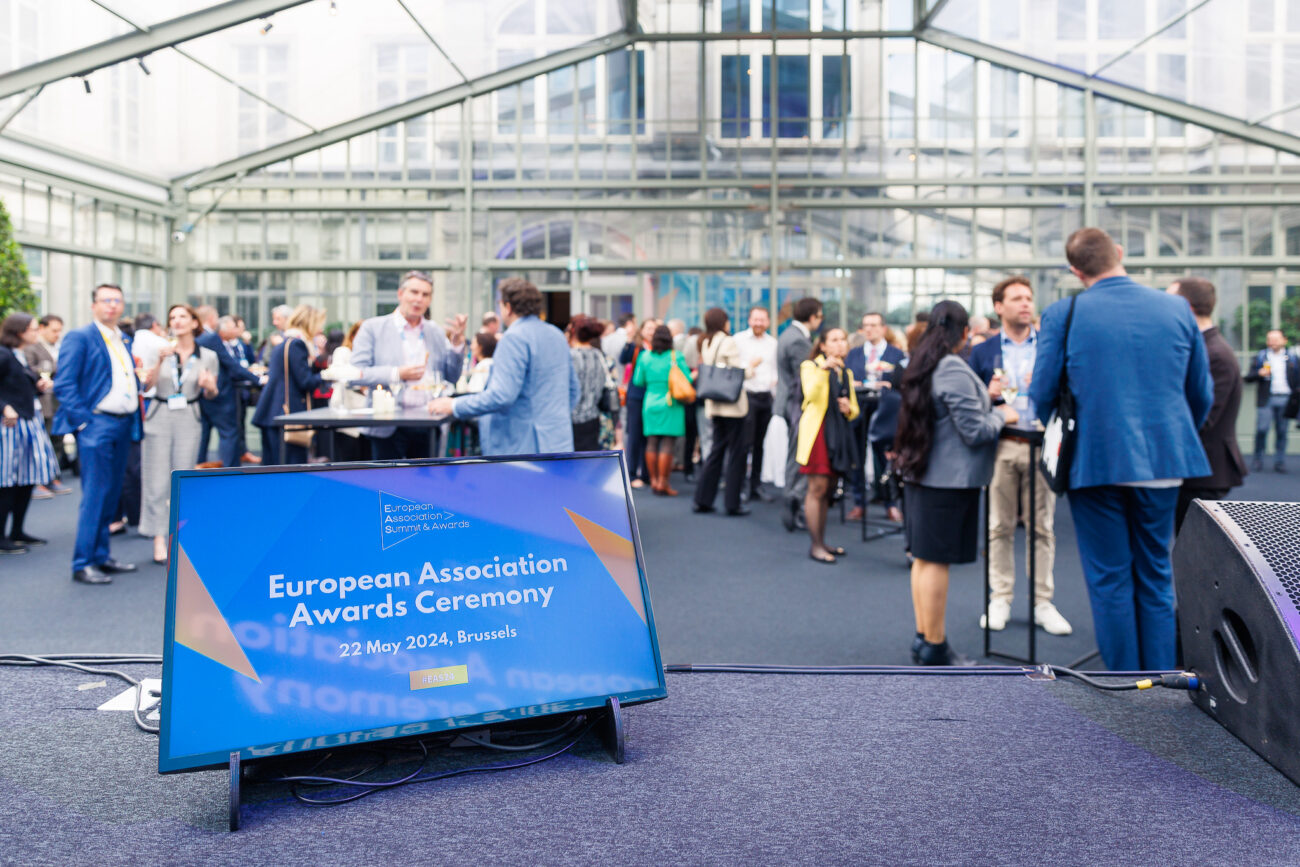
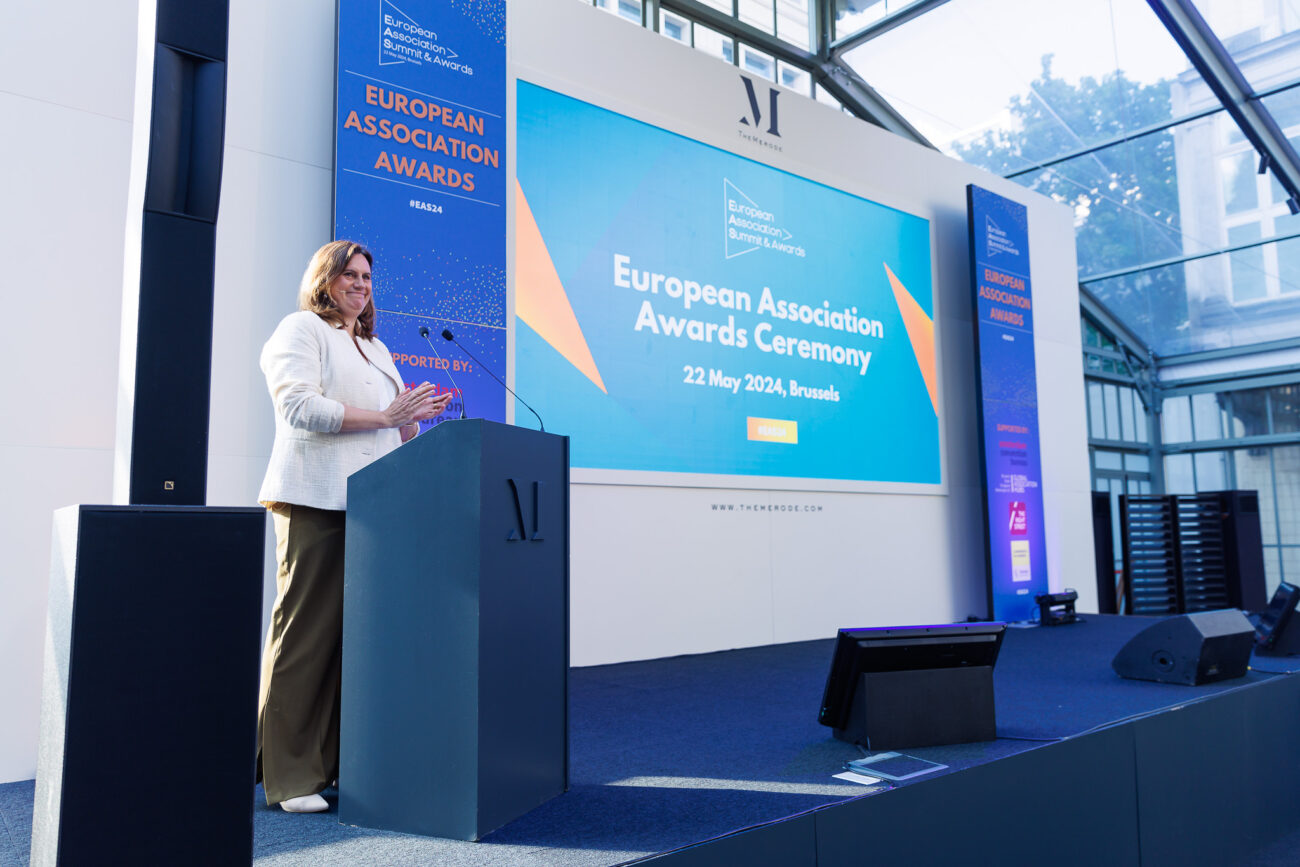
Multi-Generational Communities and Embracing Digital Transformation
Bridging generational gaps within associations is no easy feat, but keeping an open mind certainly goes a long when trying to compromise and advance all generations. The open conversation of young panelists highlighted financial and social obstacles for attending events. First-time young attendees need more guided interaction with industry exhibitors (mentorship programs can help there) and co-creation opportunities. “Mentorship, after all, is a two-way street,” said one of the panelists. “Mentees gain invaluable insights and experience which can accelerate professional growth, whereas mentors gain fresh perspectives to strengthen the association.”
Another burning matter for most associations is not whether to use or not AI in their operations (we have gone past that), but how this digital transformation the work, economic and security landscape of the association. Seamless integration is not possible; bringing all staff to the same AI knowledge level and starting with small projects will help you navigate things in a more controlled way. Data protection is still an issue which the EU is trying to tackle with the upcoming EU AI Act. In conclusion, “don’t be afraid to use it, but don’t trust it blindly,” explained Rodica Popa, Operations and Projects Manager at European Blood Alliance.
Revenue diversification for medical associations was also a topic of debate. In small groups, participants shared best practices ansd practical ideas for addressing challenges such as a decline in sponsorship or a decrease in event attendance. This session epitomized the essence of these events for associations: providing a safe space for association executives to openly discuss their challenges and collaborate on solutions. As ESAE’s president Mike Morissey aptly puts it, the EAS has always been designed as “for associations, by associations.”
European Association Awards 2024
The event came to a close with the European Association Awards ceremony at the venue’s luminous patio. In its second year, ESAE’s initiative included four categories of association excellence: Impact, Digital Communication, Event Transformation, and Diversity, Equity, and Inclusion. Rewarded for their transformative projects were:
- IMPACT: Adoption of an inter-institutional EU Declaration on Cycling for the Cycling Industries Europe
- DIGITAL COMMUNICATION: Social Media Campaign: The Antwerp Declaration by the The European Chemical Industry Council
- EVENT TRANSFORMATION: eSleep Europe 2023 by the European Sleep Research Society (ESRS)
- DEI: UITP’s Gender Equality Policy
Boardroom’s Chief Editor, Remi Deve, was a juror for the awards and one of many to congratulate the winners for their innovative spirit.
